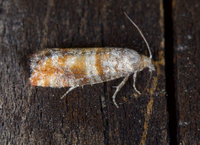
| Recorded by: Jim Petranka, Mark Basinger and Becky Elkin on 2025-08-30
Richmond Co.
Comment: | 
| Recorded by: Jim Petranka, Mark Basinger and Becky Elkin on 2025-08-30
Richmond Co.
Comment: |

| Recorded by: Mark Basinger on 2025-07-27
Wilson Co.
Comment: | 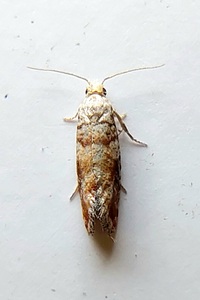
| Recorded by: Mark Basinger on 2025-07-20
Brunswick Co.
Comment: |
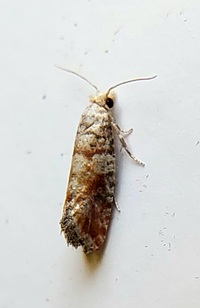
| Recorded by: Mark Basinger on 2025-07-20
Brunswick Co.
Comment: | 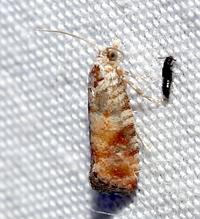
| Recorded by: David George, Jeff Niznik, Rob Van Epps, Kevin Metcalf on 2025-07-20
Richmond Co.
Comment: |
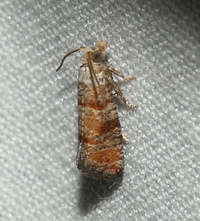
| Recorded by: David George on 2025-06-29
Moore Co.
Comment: | 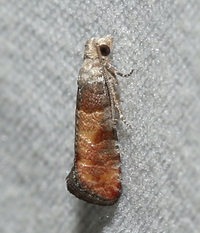
| Recorded by: Jeff Niznik, David George, Larry Chen, Sarah Toner, Joye Zhou on 2025-06-20
Richmond Co.
Comment: |

| Recorded by: Mark Basinger on 2025-06-11
Wilson Co.
Comment: | 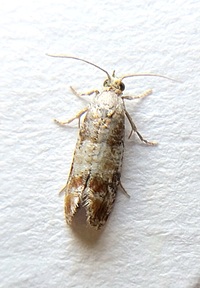
| Recorded by: Mark Basinger on 2025-06-03
Brunswick Co.
Comment: |
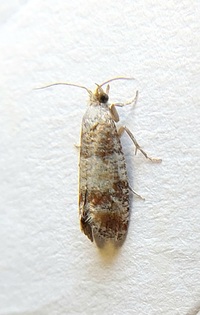
| Recorded by: Mark Basinger on 2025-06-03
Brunswick Co.
Comment: | 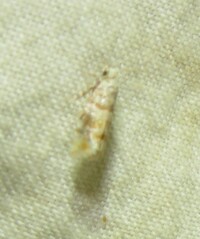
| Recorded by: B. Bockhahn on 2025-06-02
Currituck Co.
Comment: |
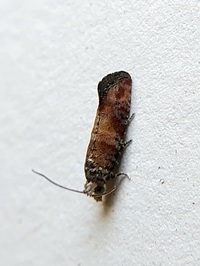
| Recorded by: Mark Basinger on 2025-05-25
Wilson Co.
Comment: | 
| Recorded by: Mark Basinger on 2025-05-25
Wilson Co.
Comment: |

| Recorded by: Mark Basinger on 2025-05-25
Wilson Co.
Comment: | 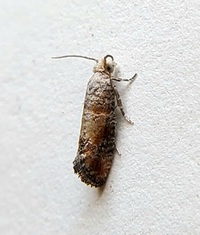
| Recorded by: Mark Basinger on 2025-05-25
Wilson Co.
Comment: |
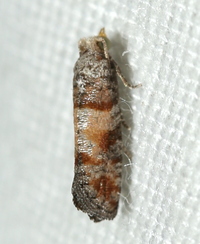
| Recorded by: David George, Jeff Niznik, Brian Bockhahn on 2025-05-09
Cumberland Co.
Comment: | 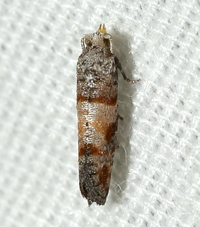
| Recorded by: David George, Jeff Niznik, Brian Bockhahn on 2025-05-09
Cumberland Co.
Comment: |
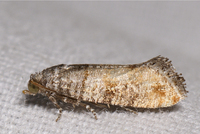
| Recorded by: John Petranka, Jim Petranka and Becky Elkin on 2025-04-14
Bladen Co.
Comment: | 
| Recorded by: Lior S. Carlson, Dean Furbish on 2025-03-19
Orange Co.
Comment: |

| Recorded by: Lior S. Carlson, Dean Furbish on 2025-03-19
Orange Co.
Comment: | 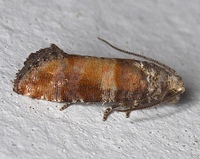
| Recorded by: Stephen Dunn on 2024-07-30
Orange Co.
Comment: |
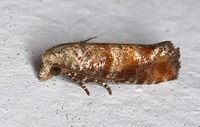
| Recorded by: Stephen Dunn on 2024-07-30
Orange Co.
Comment: | 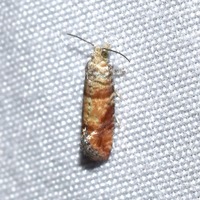
| Recorded by: Jeff Niznik on 2024-07-21
Orange Co.
Comment: |

| Recorded by: David George on 2024-06-07
Durham Co.
Comment: | 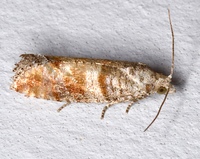
| Recorded by: Stephen Dunn on 2024-05-30
Orange Co.
Comment: |
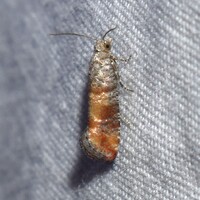
| Recorded by: David George, Jeff Niznik, Rich Teper on 2024-04-16
New Hanover Co.
Comment: | 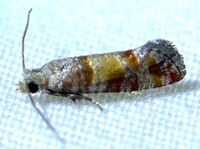
| Recorded by: Dean Furbish on 2024-03-15
Wake Co.
Comment: |
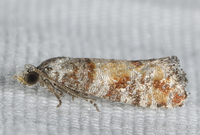
| Recorded by: John Petranka, Chuck Smith on 2024-03-13
Bladen Co.
Comment: | 
| Recorded by: David George, John Petranka on 2023-08-05
Orange Co.
Comment: |
|

 »
»
